Six Advantages of LED Lights
LED light source customization solution provider
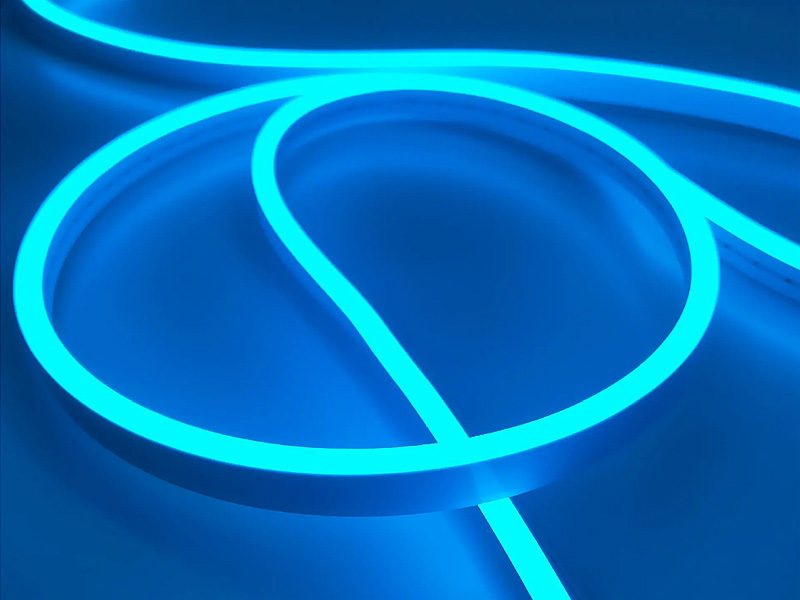
Advantages: The lamp body is small and compact, with very low energy consumption
LED lights encapsulate small and delicate LED chips in transparent epoxy resin, making them very small and lightweight, saving a lot of material and space in production and application. The working voltage of LED lamps is generally only 2-3.6, and the working current is only 0.02-0.03A. That is to say, it consumes no more than 0.1W of electricity, which is more than 90% less than incandescent lamps with the same light efficiency and 70% less than energy-saving lamps. Therefore, only LED can be considered a true energy-saving light source.
Advantage 2: sturdy and durable, with long service life of LED lights
The LED chips are completely encapsulated in epoxy resin. The small epoxy resin particles are extremely difficult to break, and there is no loose part of the entire lamp body; The chips inside are extremely difficult to break, and there is little thermal effect that may evaporate and fuse. These characteristics make it difficult for LEDs to be damaged. Compared to ordinary light bulbs and fluorescent lamps, LED can be described as impregnable, sturdy countless times, and durable countless times. Under appropriate current and voltage, the service life of LED lights can reach 100000 hours, which theoretically means that the product life can reach more than 10 years, and it has a longer service life compared to other types of firearms.
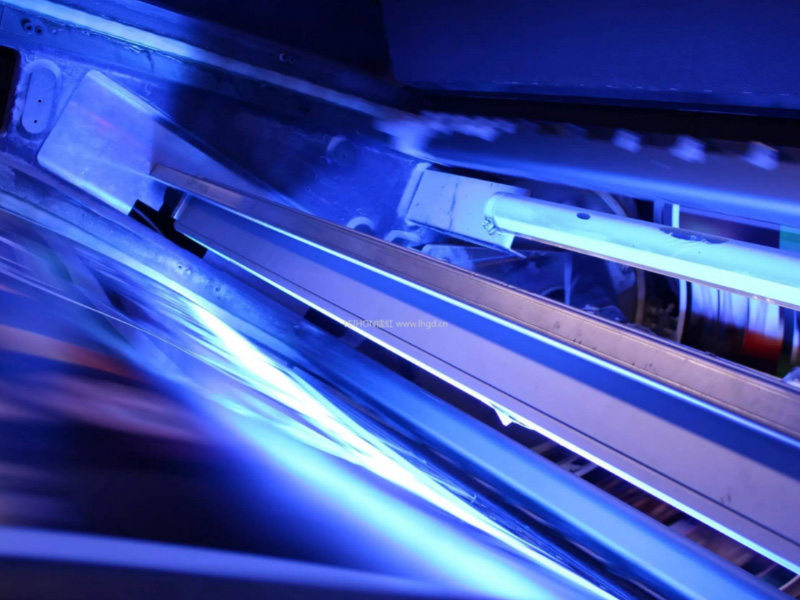
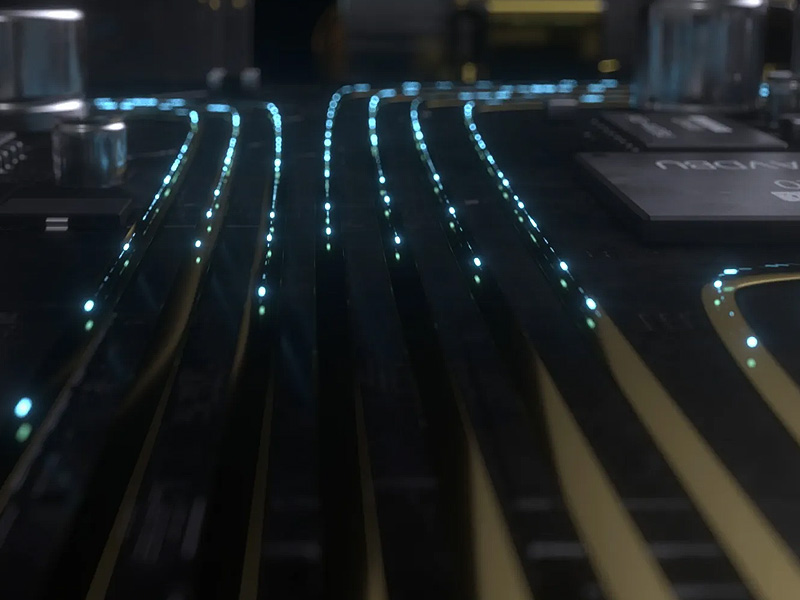
Advantage 3: Safe, low voltage, applicable to a wide range of countries
LED lights use low-voltage DC power supply (how to convert AC power into DC power). The power supply voltage is between 6-24V, which varies depending on the product. In short, it applies to DC power sources that are safer than high-voltage power sources, especially suitable for homes and public places. Due to its small size, each unit LED chip is 3-5mm square or circular, making it more suitable for preparing devices with complex molding processes. For example, making soft and flexible light tubes, light strips, and shaped flower lights is currently only suitable for LED.
Advantage 4: More colorful and less heat dissipation
Previously, the colors of lighting fixtures on the market were very single. To achieve the purpose of color, one was to apply paint or cover colored patches on the surface of the fixtures, and the other was to fill the fixtures with inert gas to emit light, thus limiting the richness of colors. LED is digitally controlled, and the emitting chip can currently emit multiple colors, including red, green, and blue. With these three colors, through system control, it is possible to restore a greater variety of colors than the world. LED is a more advanced cold light source, which does not emit a large amount of infrared and ultraviolet rays like incandescent lamps and fluorescent lamps. It is particularly suitable for lighting precious items such as cultural relics, jewelry, and high-end cosmetics. There is almost no electric current thermal effect like incandescent lamps, and they will not be affected by thermal expansion and contraction and burst bubbles. It will not cause the light bulb to turn yellow, accelerate the aging of the lamp, or create a greenhouse effect on the surrounding environment.
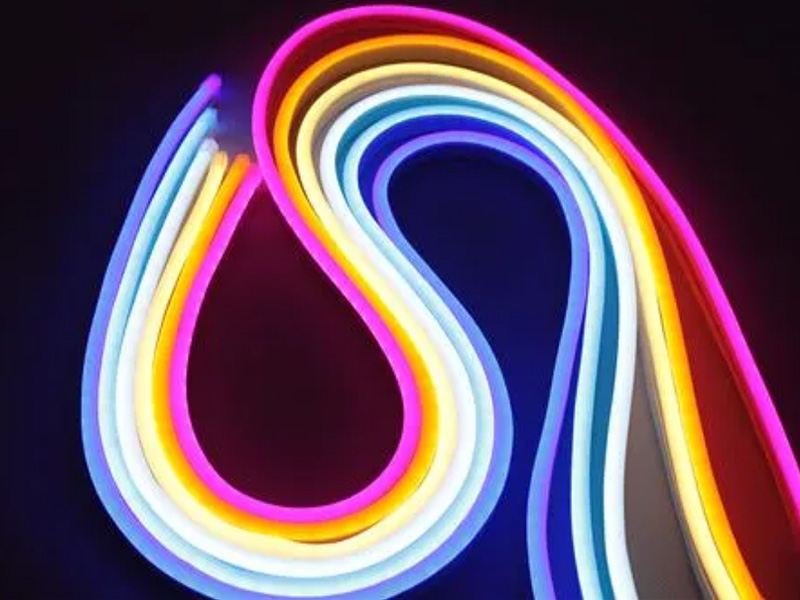
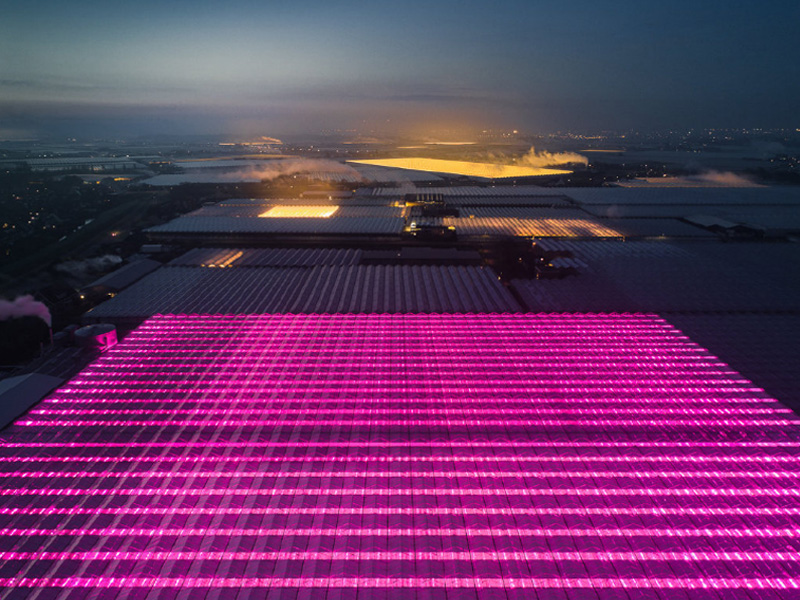
Advantage 5: Less environmental pollution
The protective effect of LED on the environment is mainly manifested in three aspects
Firstly, there is no harm from metal mercury. LED lamps do not use highly hazardous mercury like fluorescent lamps, and there will be no public hazards such as mercury ions or fluorescent powder leakage during the manufacturing process or after damage of the bulbs< Br> Secondly, the epoxy resin used to manufacture LED belongs to organic polymer compounds, which have good physical and chemical properties after curing. It has high bonding strength to chips and metals, is hard and flexible, is stable to salt alkali and most solvents, is not easily damaged, and can be recycled and reused even after damage or aging, without polluting the environment.
Thirdly, the particle layout of LED lighting fixtures and display screens generally scatters the light generated by the heart and rarely produces light pollution.
Firstly, there is no harm from metal mercury. LED lamps do not use highly hazardous mercury like fluorescent lamps, and there will be no public hazards such as mercury ions or fluorescent powder leakage during the manufacturing process or after damage of the bulbs< Br> Secondly, the epoxy resin used to manufacture LED belongs to organic polymer compounds, which have good physical and chemical properties after curing. It has high bonding strength to chips and metals, is hard and flexible, is stable to salt alkali and most solvents, is not easily damaged, and can be recycled and reused even after damage or aging, without polluting the environment.
Thirdly, the particle layout of LED lighting fixtures and display screens generally scatters the light generated by the heart and rarely produces light pollution.
Advantage 6: More cost saving
Compared to incandescent lamps, fluorescent lamps, and LED lamps, the purchase price is higher. However, due to the particularly low energy consumption of LED, it can save a lot of electricity bills in the long run and save on the investment of changing lights, making the comprehensive use cost more cost-effective.



